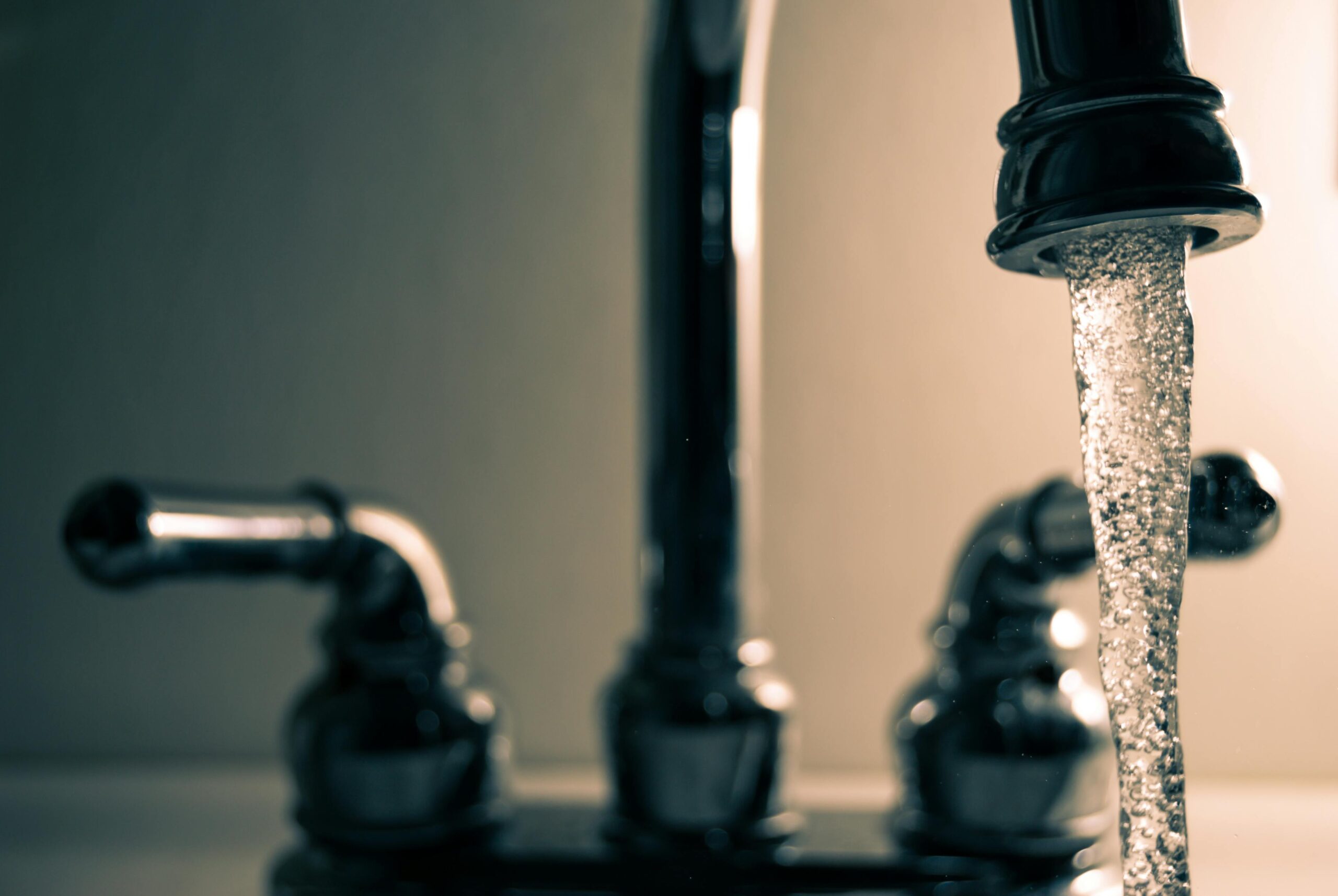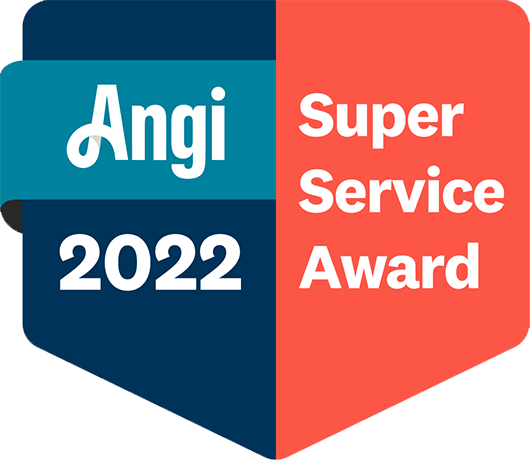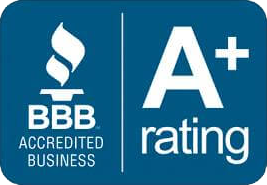Ensuring access to clean and safe drinking water is a priority for many Long Island residents. With concerns about local water quality, installing a reverse osmosis (RO) system in your home can be a reliable solution. But how long do these systems last, and what can you do to maximize their lifespan? This guide provides insights tailored for Long Island homeowners.
Lifespan of Reverse Osmosis Systems
With proper maintenance, an RO system can serve you well for 10 to 15 years. Factors influencing this lifespan include:
- Component Quality: High-quality parts tend to last longer.
- Regular Maintenance: Timely filter and membrane replacements are crucial.
- Local Water Quality: Long Island’s water contains specific contaminants that may affect system longevity.
Here’s the typical schedule for filter replacements:
- Sediment Pre-Filter: Every 6–12 months
- Carbon Pre-Filter: Every 6–12 months
- RO Membrane: Every 2–3 years
- Post/Polishing Filter: Every 12 months
- Remineralization Filter: Every 12 months
Pro tip: Even if you’re not using the system 24/7, filters still age — so time-based replacement matters.
The Anatomy of a Reverse Osmosis System
Your RO system is like a miniature water treatment plant under your sink. Here’s what it’s working with:
- Sediment Pre-Filter: Catches sand, rust, and dirt.
- Carbon Pre-Filter: Blocks chlorine and volatile organic compounds (VOCs) before they reach the membrane.
- RO Membrane: Filters out dissolved solids, PFAs, lead, arsenic, and other contaminants.
- Post/Polishing Filter: Gives the water a final refresh for great taste.
Remineralization Filter: Adds healthy minerals like calcium and magnesium back in balanced percentages. These minerals are good for your bones, teeth, and taste buds.
Maintenance Tips to Extend Your RO System’s Lifespan
In addition to replacing the filters in a timely manner, you can follow the steps below to ensure optimal performance:
- System Sanitization: Annually sanitize the system to prevent bacterial buildup.
- Storage Tank Maintenance: Drain the RO storage tank every two weeks to maintain water freshness and system pressure.
- Routine Inspections: Regularly check for leaks, pressure issues, or worn-out parts.
Signs Your Filters Need a Replacement
Not sure if your filters are due for a change? Keep an eye out for:
- Unpleasant taste or smell
- Cloudy or discolored water
- Slower water flow from your faucet
Even if your water still looks clear, contaminants could be sneaking through. That’s why routine replacement is so important.
Clean water shouldn’t be complicated.
While routine maintenance can be done at home, professional check-ups ensure all system components are functioning optimally.
At Simply PURE Water Filtration, Inc., we’re here to help, offering expert maintenance and replacement services for RO systems across Long Island.
By taking these simple steps, you’ll not only improve your drinking water, but you’ll also make it more convenient. Follow us for more news on Long Island Water Quality, and don’t forget to contact us if you need help with maintenance or installing a new system.
About Simply PURE Water Filtration Services
Living in and serving the Long Island community, we strive to make sure everyone has access to clean, healthy water. We have the experience, knowledge, and industry-leading technology to provide clean water solutions for water impurities, contaminants, hard water, bad tasting/odors, well water, acidity & pH regulations.
Proud members of the WQA (Water Quality Association), and the EWQA (Eastern Water Quality Association), we adhere to strict guidelines and the WQA code of ethics. As a Pentair True Blue Partner and Authorized Distributor of Pentair Products, there’s nothing comparable to the performance, and efficiency of our whole house purification systems, water softeners, neutralizers, whole-house filters, and alkaline reverse osmosis systems for drinking in the convenience of your home.
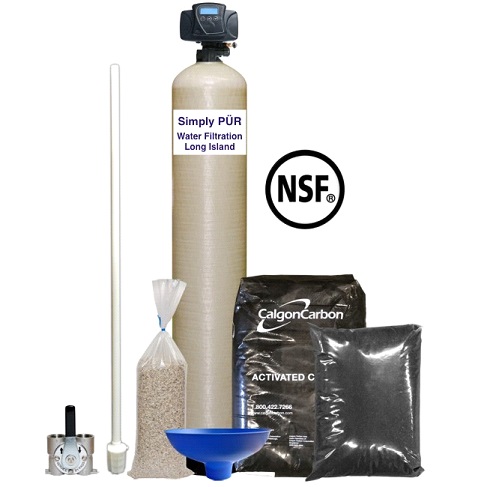
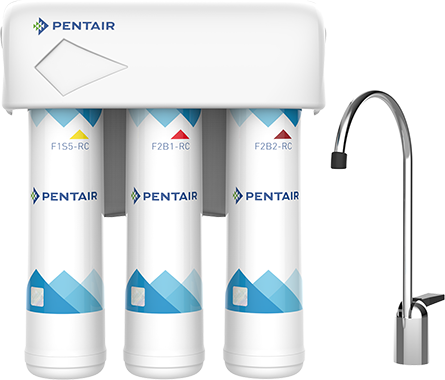
Our products are all NSF / ANSI certified, meeting the highest safety standards and quality performance. Providing our community with only the best experience of high quality water that’s Simply PURE from our family to yours!
Simply PURE utilizes accurate testing methods before and after system installation, as well as annual maintenance of all your water treatment equipment. Our Revolutionary Custom Built Water Treatment systems upon the completion of a Free In-Home Water Analysis, or an in-depth Comprehensive Water Analysis of your choice sent to our Certified Laboratory.

